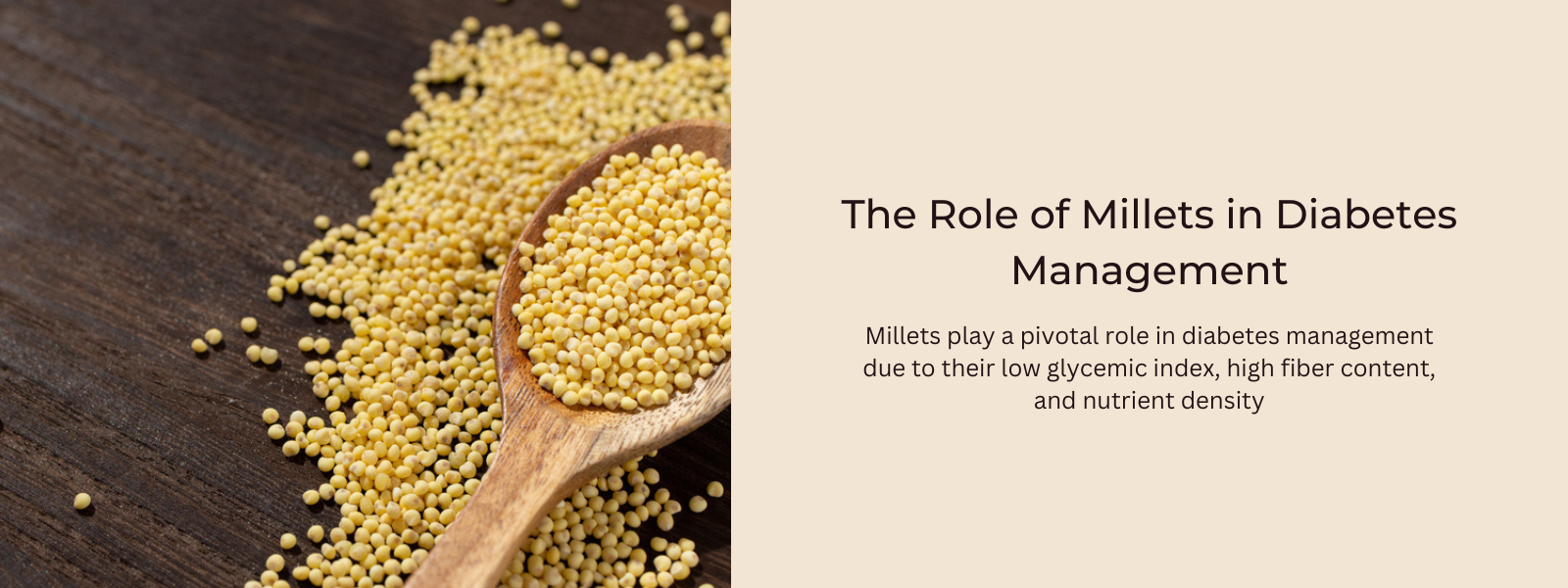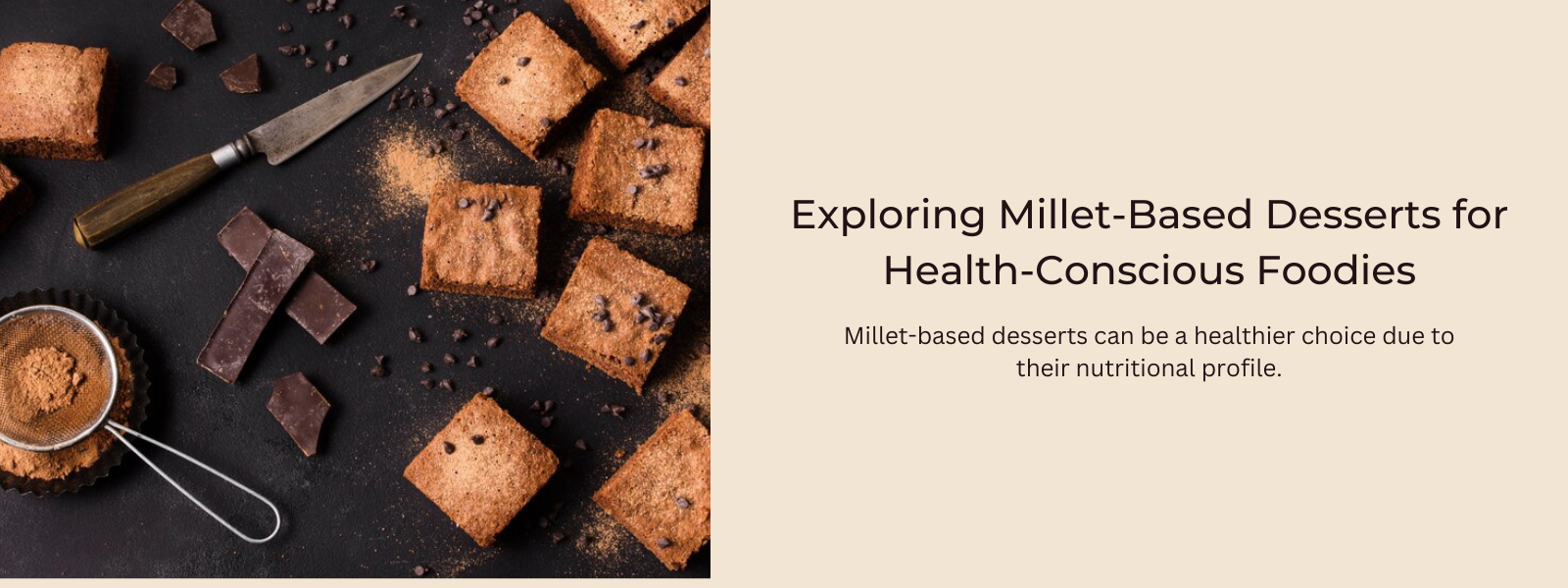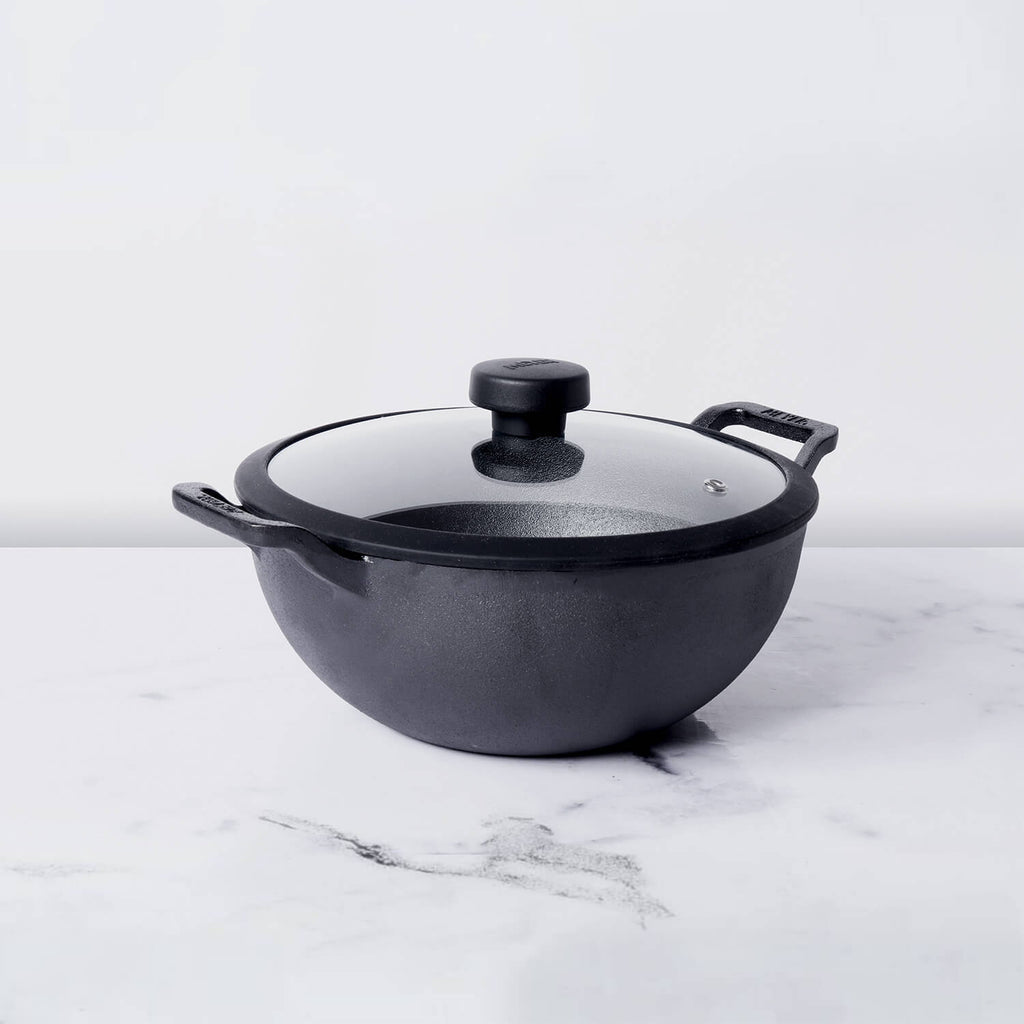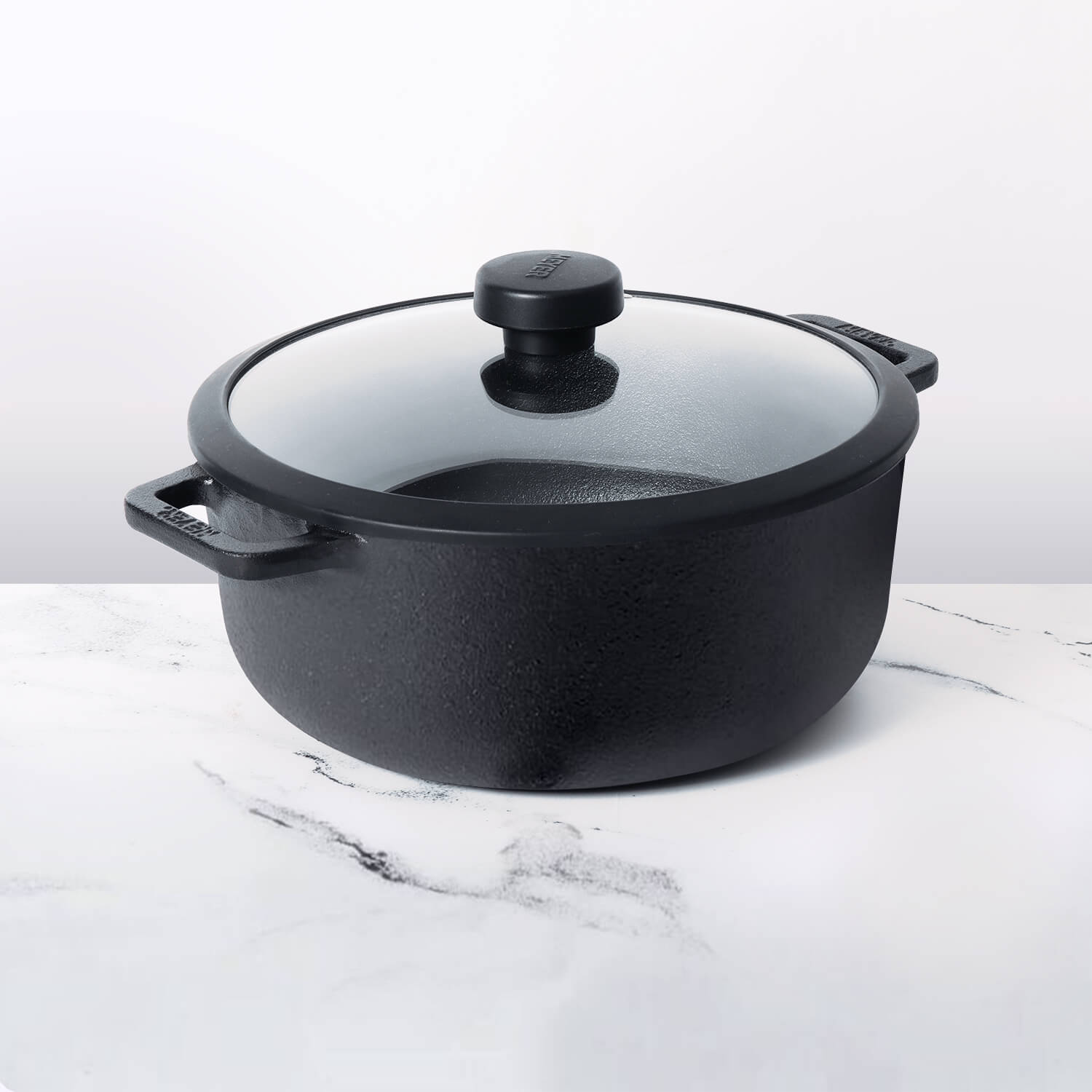Millets contribute to promoting a longer and healthier life due to their nutritional richness and various health benefits. Packed with essential nutrients like vitamins, minerals, fiber, and antioxidants, millets offer a holistic nutritional profile, supporting overall well-being. Their low glycemic index assists in regulating blood sugar levels, reducing the risk of type 2 diabetes and associated complications. The heart-healthy properties of millets aid in maintaining cardiovascular health by managing cholesterol levels and blood pressure. Additionally, their high fiber content supports digestive health and weight management, while their gluten-free nature makes them a suitable choice for individuals with gluten sensitivities.
Table of Contents
Do Millets Help In Promoting Longevity?
Yes, millets are incredibly helpful in leading a healthy life due to their numerous nutritional benefits and versatile nature. Here's how they contribute to overall health:
- Nutrient-Rich: Millets are rich in essential nutrients like vitamins, minerals, fiber, and antioxidants. They provide a good balance of nutrients necessary for overall health and well-being.
- Heart Health: Certain millets contain nutrients that promote heart health by helping to regulate cholesterol levels, lower blood pressure, and reduce the risk of cardiovascular diseases.
- Blood Sugar Control: The low glycemic index of millets aids in better blood sugar management, making them a beneficial choice for individuals looking to control their blood sugar levels.
- Digestive Health: Millets are a good source of dietary fiber, supporting digestive health by promoting regular bowel movements and aiding in digestion.
- Weight Management: As they are nutrient-dense and high in fiber, millets can contribute to a feeling of fullness, potentially aiding in weight management and weight loss when part of a balanced diet.
- Gluten-Free Options: Several millet varieties are naturally gluten-free, making them suitable alternatives for those with gluten sensitivities or celiac disease.
- Versatility in Cooking: Millets are versatile and can be incorporated into various dishes, including breakfast cereals, savory dishes, desserts, and snacks, allowing for diverse and healthy meal options.
How Do Millets Promote Longevity And Overall Good Health?
Millets have gained attention for their potential role in promoting longevity and overall health due to their rich nutritional profile. Their consumption has been associated with several factors that contribute to longevity:
- Nutrient Density: Millets are packed with essential nutrients like vitamins, minerals (such as magnesium, phosphorus, and iron), fiber, and antioxidants. These nutrients support overall health and aid in preventing various diseases, which can contribute to a longer and healthier life.
- Lower Glycemic Index: Millets have a lower glycemic index compared to some other grains. This property helps regulate blood sugar levels, potentially reducing the risk of developing type 2 diabetes and other chronic conditions associated with high blood sugar.
- Heart Health: The fiber, antioxidants, and healthy fats present in millets support heart health by regulating cholesterol levels, reducing the risk of cardiovascular diseases, and maintaining optimal blood pressure.
- Anti-inflammatory Properties: Some studies suggest that the antioxidants and phytochemicals in millets possess anti-inflammatory properties. Chronic inflammation is linked to various diseases, and consuming foods with anti-inflammatory properties may help mitigate these risks.
How To Retain Nutritional Value Of Millet While Cooking?
- Rinsing and Soaking: Before cooking, rinse millets thoroughly under running water to remove any debris. Soaking them for a few hours or overnight can reduce cooking time and enhance digestibility, especially for whole grains like pearl millet or sorghum.
- Use Proper Water Ratio: Use the appropriate water-to-millet ratio for cooking. Typically, it's about 2 cups of water for 1 cup of millet. However, this ratio can vary depending on the type of millet you're cooking.
- Avoid Overcooking: Cook millets on low to medium heat to prevent overcooking, as excessive heat and prolonged cooking can lead to nutrient loss. Once cooked, millets should be fluffy and tender.
- Cover While Cooking: While simmering millets, cover the pot with a lid to ensure even cooking and prevent nutrient loss due to evaporation.
- Consider Steaming: Steaming millets rather than boiling them helps retain nutrients. Using a steamer or a pressure cooker can be an efficient way to cook millets while preserving their nutritional content.
- Add Nutrient-Rich Ingredients: Enhance the nutritional value of millet dishes by incorporating nutrient-rich ingredients like vegetables, herbs, and spices. This not only adds flavor but also boosts the overall nutritional content of the meal.
Healthy Millets Recipes:
Millet and Vegetable Stir-Fry:
Ingredients:
- 1 cup millet (any variety like foxtail, pearl, or barnyard)
- 2 cups water or vegetable broth
- 1 tablespoon olive oil
- 2 cloves garlic, minced
- 1 small onion, chopped
- 1 cup mixed vegetables (bell peppers, carrots, broccoli, etc.), chopped
- 2 tablespoons soy sauce or tamari (for a gluten-free option)
- Salt and pepper to taste
- Fresh cilantro or parsley for garnish (optional)
Instructions:
- Rinse the millet thoroughly under running water and drain.
- In a pot, bring water or vegetable broth to a boil. Add the rinsed millet, reduce heat, cover, and simmer for about 15-20 minutes or until the millet is tender and the liquid is absorbed.
- In a large skillet or wok, heat olive oil over medium heat. Add minced garlic and chopped onion. Sauté until the onion becomes translucent.
- Add the mixed vegetables to the skillet and stir-fry for 5-7 minutes until they are tender yet crisp.
- Once the millet is cooked, add it to the skillet with the vegetables.
- Pour soy sauce or tamari over the mixture and stir well to combine. Season with salt and pepper to taste.
- Cook for an additional 2-3 minutes, allowing the flavors to meld.
- Garnish with fresh cilantro or parsley if desired.
- Serve the millet and vegetable stir-fry hot as a nutritious and delicious meal.
This recipe is versatile, and you can customize it by adding your choice of protein like tofu, chicken, or shrimp, and adjust the vegetables according to your preference.











Leave a comment